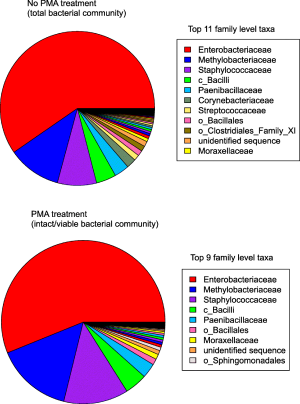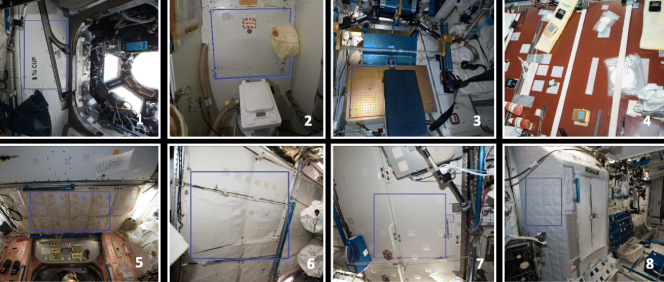The ISS is chock-full of bacteria and fungi: study
Contact The Author
It turns out astronauts aren’t alone on the International Space Station.
A new study reported by Gizmodo found that a “diverse population of bacteria and fungi” populate the ISS based on 14 months of research.
The results, published in the Microbiome Journal, conclude that “intact/viable bacteria and fungi found on surfaces in closed space systems” have been effectively cataloged for the first time, which could be used to create safer and cleaner conditions for future space missions, including those to Mars.
Additionally, the findings might be vital in the understanding of “confined built environments” on our own planet, such as medical and pharmaceutical clean rooms, according to the study.
For the experiment, eight different locations aboard the ISS were tested over three flight sample sessions in an effort to determine which microorganisms can populate in a closed space.

To find this, surface wipes from each room were treated with propidium monoazide (PMA), a chemical compound that helps determine the DNA of the bacteria present in the microbiome. Other wipes were left untreated.
Many of the organisms detected were seen as harmful to astronauts because they contain properties that resist antibiotics.
Some of these bacteria include Acinetobacter, Sphingomonas and Bacillus — and fungi such as Aspergillus, Cryptococcus, and Rhodotorula.
Unsurprisingly, astronauts were to blame for some of the bacteria and fungal cultures on the ISS.
An abundance of human-associated organisms discovered include Staphylococcaceae — which originate in the skin and in the nasal passage — and Enterobacteriaceae, which comes from the gastrointestinal tract.
Prior to this study, many of the bacterial cultures on the ISS were largely unknown — most could not be determined by traditional methods such as petri dish growth.
